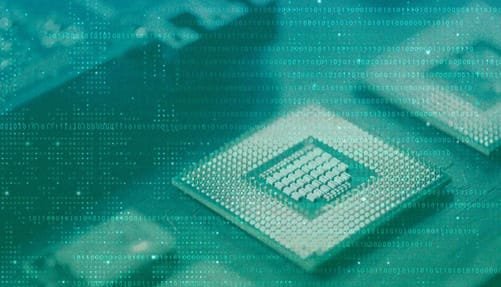At CES this year, tech giant Nvidia caused a global stir with its blockbuster announcements, which promise to revolutionize the robotics, gaming, and automotive industries. Whether new AI technologies for robot training, advanced gaming chips, or strategic partnerships, Nvidia remains an innovative leader at a furious clip.
The Future of Robotics: Nvidia Cosmos Foundation models
The introduction of the Cosmos Foundation models was a highlight of CEO Jensen Huang’s CES keynote. The video simulations that these AI-driven models generate are designed to be photorealistic and able to train robots and self-driving cars at a fraction of traditional costs.
How Does It Work?
Synthetic Training Data: We generate training videos from text descriptions with Cosmos. By simulating real-world physics, these videos will learn effectively for robots and autonomous vehicles.
Cost Efficiency: Conventional training requires expensive, accurate, real-world data gathering – road testing vehicles or repetitive human-guided tasks for robots. Cosmos essentially removes this cost.
“We hope Cosmos will bring together robotics as Llama 3 brought together enterprise AI,” Huang emphasized. Cosmos will also be freely available to developers, just like Meta’s open-source Llama 3 models, which open it up to industrial and robotics AI innovation.
Revolutionizing Gaming: The RTX 50 Series Chips

Nvidia’s RTX 50 series chips opened the door for massive celebration among gaming enthusiasts. Nvidia’s Blackwell AI integrated these chips, giving them unprecedented realism and performance.
Key Features of RTX 50 Chips
Enhanced Graphics: Advanced shaders are used in these chips to ‘smudge’ objects like ceramic teapots, so the imperfections, like smudges and fingerprints, are more realistic.
Lifelike Characters: People will be immersed by creating human faces so accurately.
Range of Models:
- On January 30, high-end chips priced at $1,999 make their debut.
- By February, budget-friendly options will come in at $549.
Nvidia’s RTX 50 series is set to replace the company’s predecessor flagship, the RTX 4090, with very similar performance but at almost one-third the cost for, for example, mid-tier models.
A Leap for Developers: It was Nvidia's first desktop computer
But it also debuted its first-ever desktop computer for software developers: Project DIGITS. So, unlike a conventional desktop, Project DIGITS was built for AI programming and system testing.
Specifications and Use Cases
Hardware: combines Nvidia’s cutting-edge AI chip with a MediaTek central processor.
Operating System: It runs on a Linux-based Nvidia OS.
Cost: For $3,000, it caters to individual developers who can use the tools to build and refine AI systems more quickly.
Launched in March, this desktop will help democratize AI development by bringing the best in advanced AI tools to individual users and smaller-sized organizations.
Automotive Innovation: Toyota Partnership
To enter the auto sector strategically, Nvidia announced its partnership with Toyota. The automaker’s advanced driver assistance systems will include Nvidia’s Orin chips and automotive operating system.
Key Details
Applications: Details haven’t been announced, but the tech will appear in several Toyota models.
Revenue Growth: Nvidia says auto hardware and software sales should hit $5 billion in 2026, an increase of $1 billion from the current forecast.
This highlights the relevance of Nvidia AI Tech in the automotive industry, specifically self-driving and driver assistance systems, which this collaboration brings to life.
The Bigger Picture: Nvidia's Expanding Ecosystem
Nvidia has a history of innovation with its commitment to keeping pace with diverse industries.
Why This Matters
Robotics and AI: Robotics can be accelerated into the manufacturing, logistics, and healthcare industries by adopting robotics based on cosmos foundation models.
Gaming: The RTX 50 chips improve user experience and set a new benchmark for game development.
Automotive: Partnerships like the one they have with Toyota could play a massive role in the future of cars’ autonomous driving.
Challenges and Future Outlook
Nvidia AI Tech is on the up, but analysts remain wary. However, for these innovations to become affordable and reliable enough to support widespread adoption, these remain a challenge, Bank of America analyst Vivek Arya writes.
While the company has focused more on research and collaboration, industry experts believe that Nvidia can be in the correct position for the long term
Key Takeaways
Cosmos Models: A game changer in training robots and vehicles with synthetic data.
RTX 50 Chips: New benchmarks in gaming realism and performance.
Project DIGITS: Cutting-edge AI capability empowers developers.
Toyota Partnership: Helps strengthen Nvidia’s role in the automotive sector.
Nvidia’s latest advancements ultimately affect the future of technology. For students, pros, or entrepreneurs, these are exciting concepts to investigate.
Using Nvidia AI Tech means businesses and individuals can achieve real business success by staying ahead of an ever-changing technological landscape.

